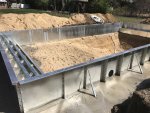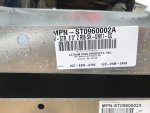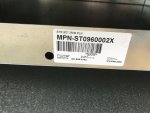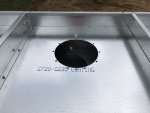Pool liner was defective and is finally being replaced. Pool was installed less than 1.5 years ago and has gone through 2 seasons. Is this normal in that time?
Attachments
-
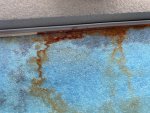 IMG_1364.jpg676 KB · Views: 120
IMG_1364.jpg676 KB · Views: 120 -
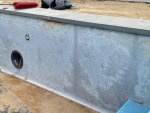 IMG_1365.jpg558 KB · Views: 123
IMG_1365.jpg558 KB · Views: 123 -
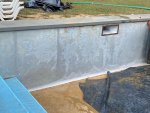 IMG_1366.jpg575.4 KB · Views: 119
IMG_1366.jpg575.4 KB · Views: 119 -
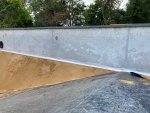 IMG_1367.jpg744 KB · Views: 112
IMG_1367.jpg744 KB · Views: 112 -
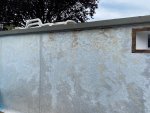 IMG_1369.jpg763 KB · Views: 109
IMG_1369.jpg763 KB · Views: 109 -
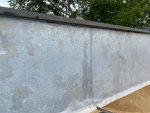 IMG_1370.jpg745.1 KB · Views: 103
IMG_1370.jpg745.1 KB · Views: 103 -
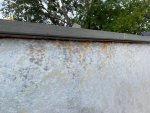 IMG_1371.jpg688.8 KB · Views: 103
IMG_1371.jpg688.8 KB · Views: 103 -
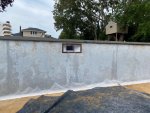 IMG_1372.jpg645.4 KB · Views: 101
IMG_1372.jpg645.4 KB · Views: 101 -
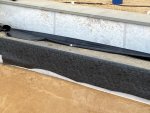 IMG_1375.jpg451.8 KB · Views: 96
IMG_1375.jpg451.8 KB · Views: 96


